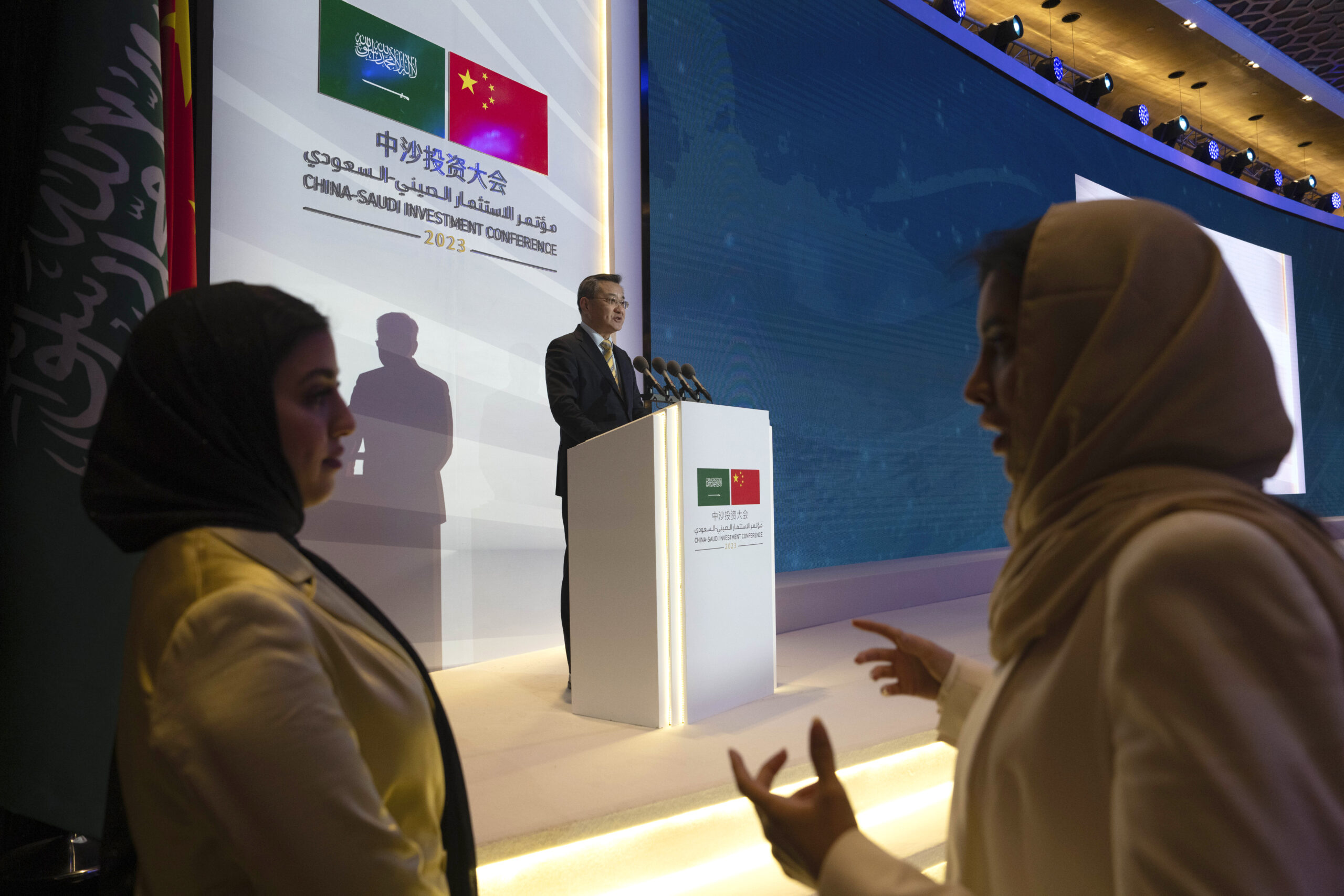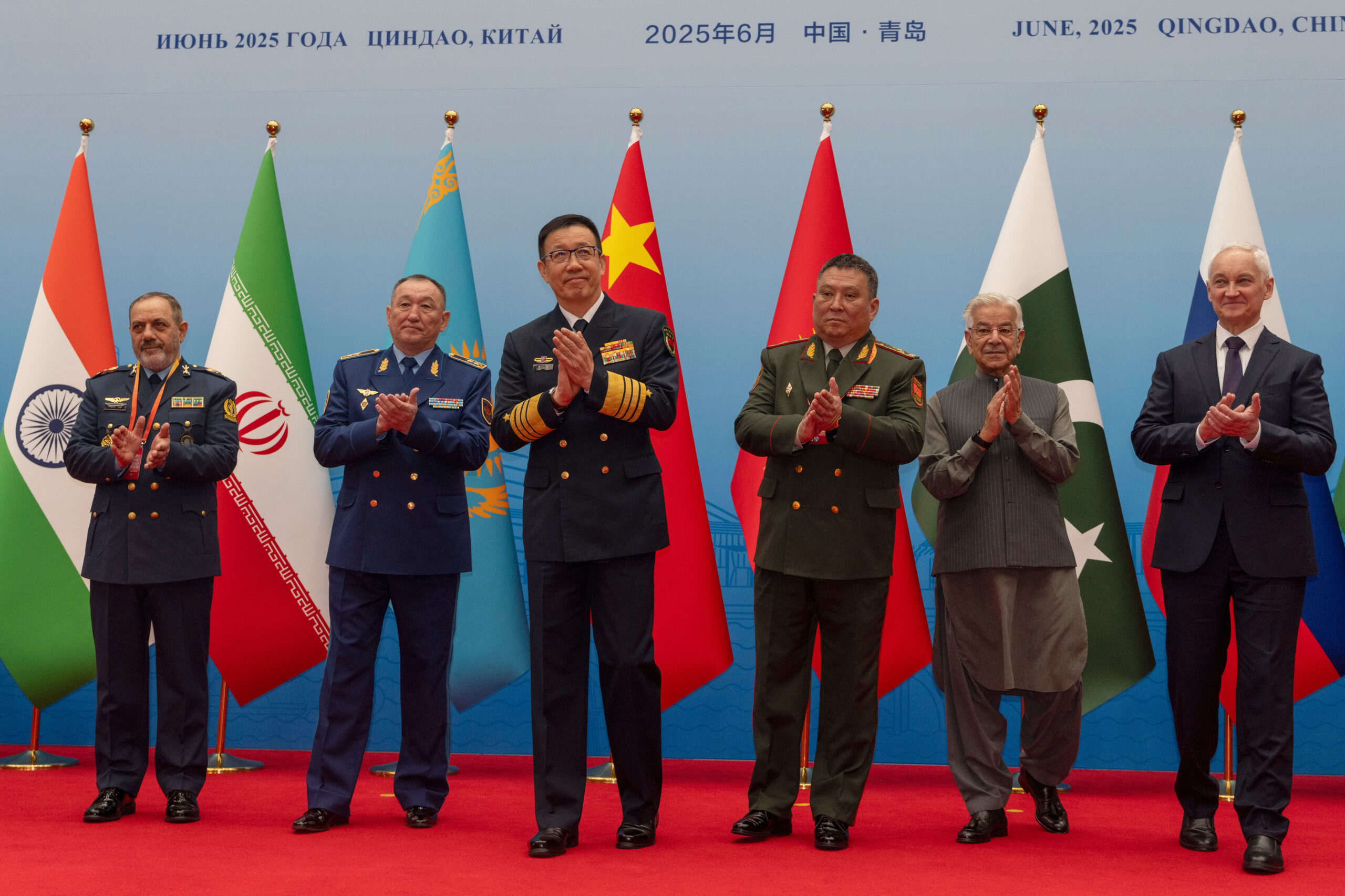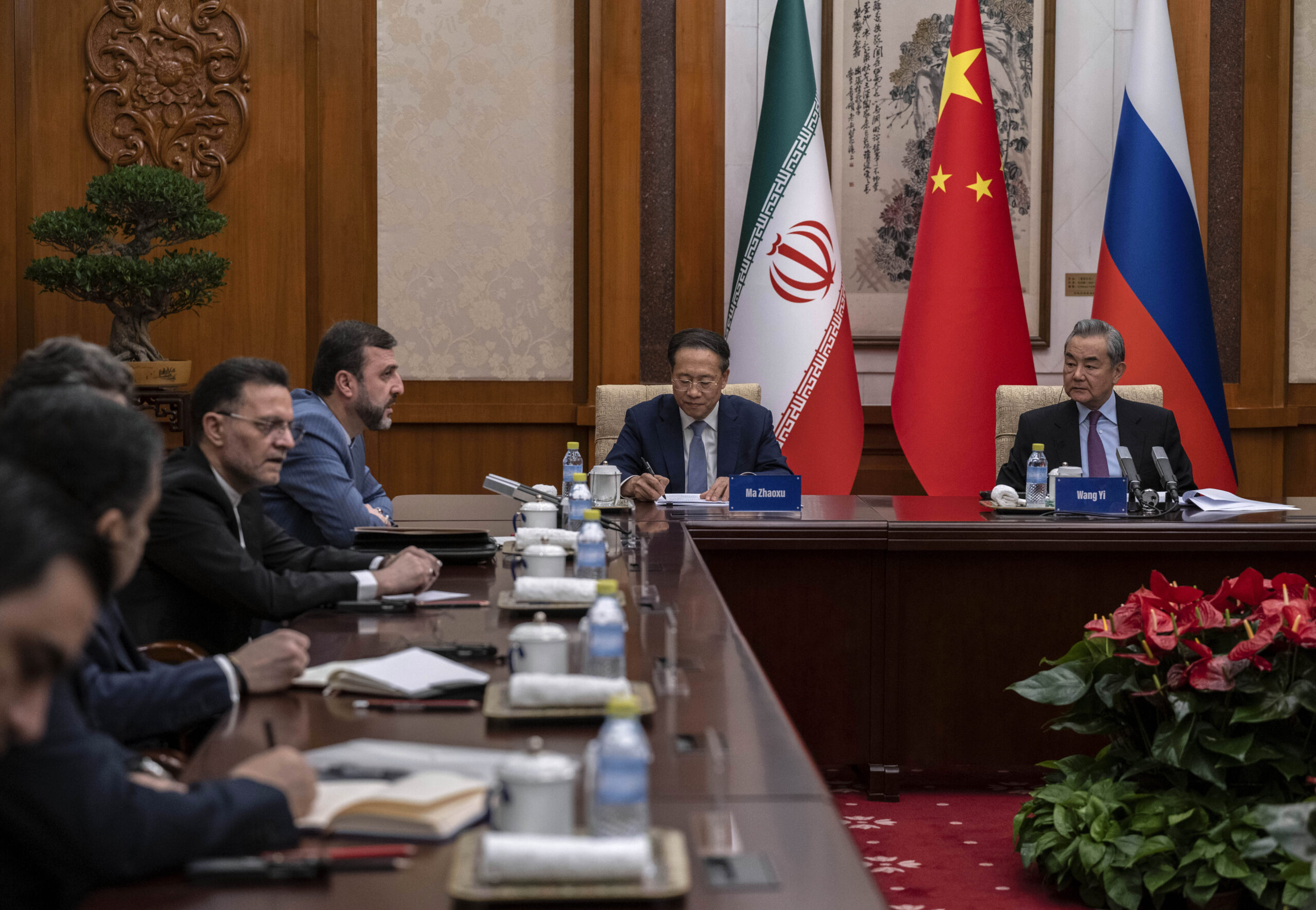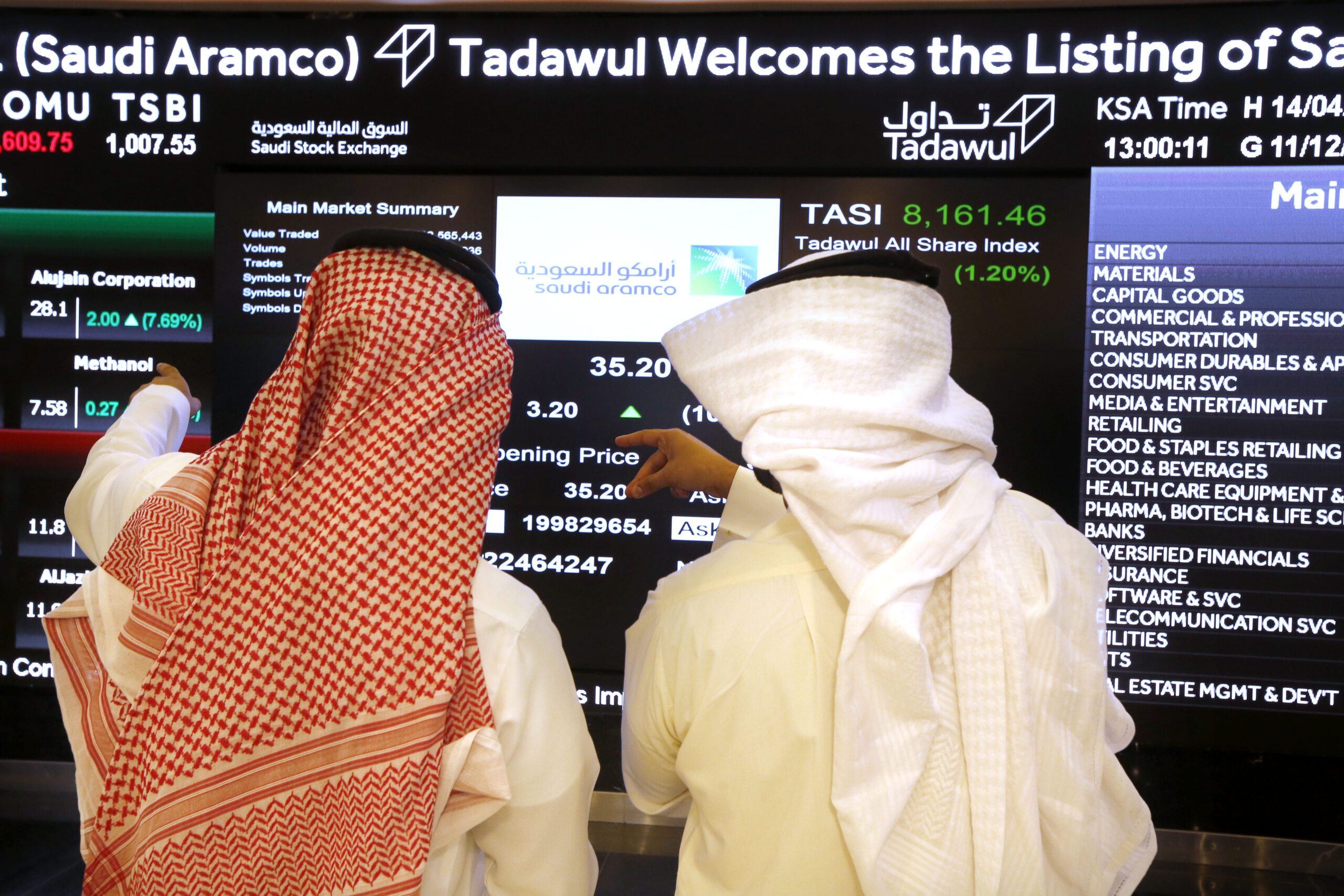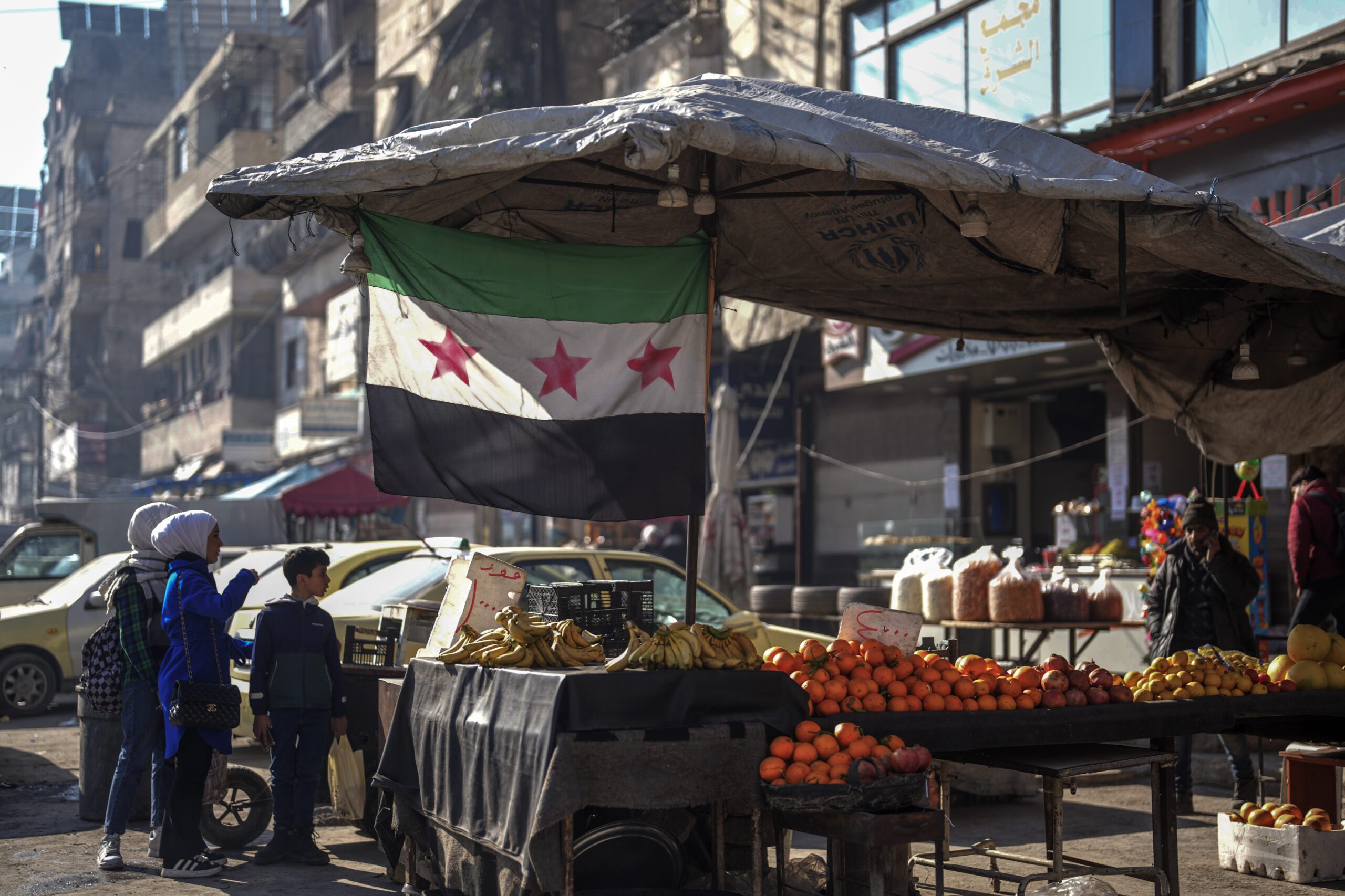Kuwait-China Economic Ties Expand Beyond Hydrocarbons
While hydrocarbons will likely continue to dominate Kuwait-China economic ties, the two countries are increasing cooperation in sectors such as construction, logistics, and renewable energy, suggesting a growing appetite to broaden ties beyond oil.
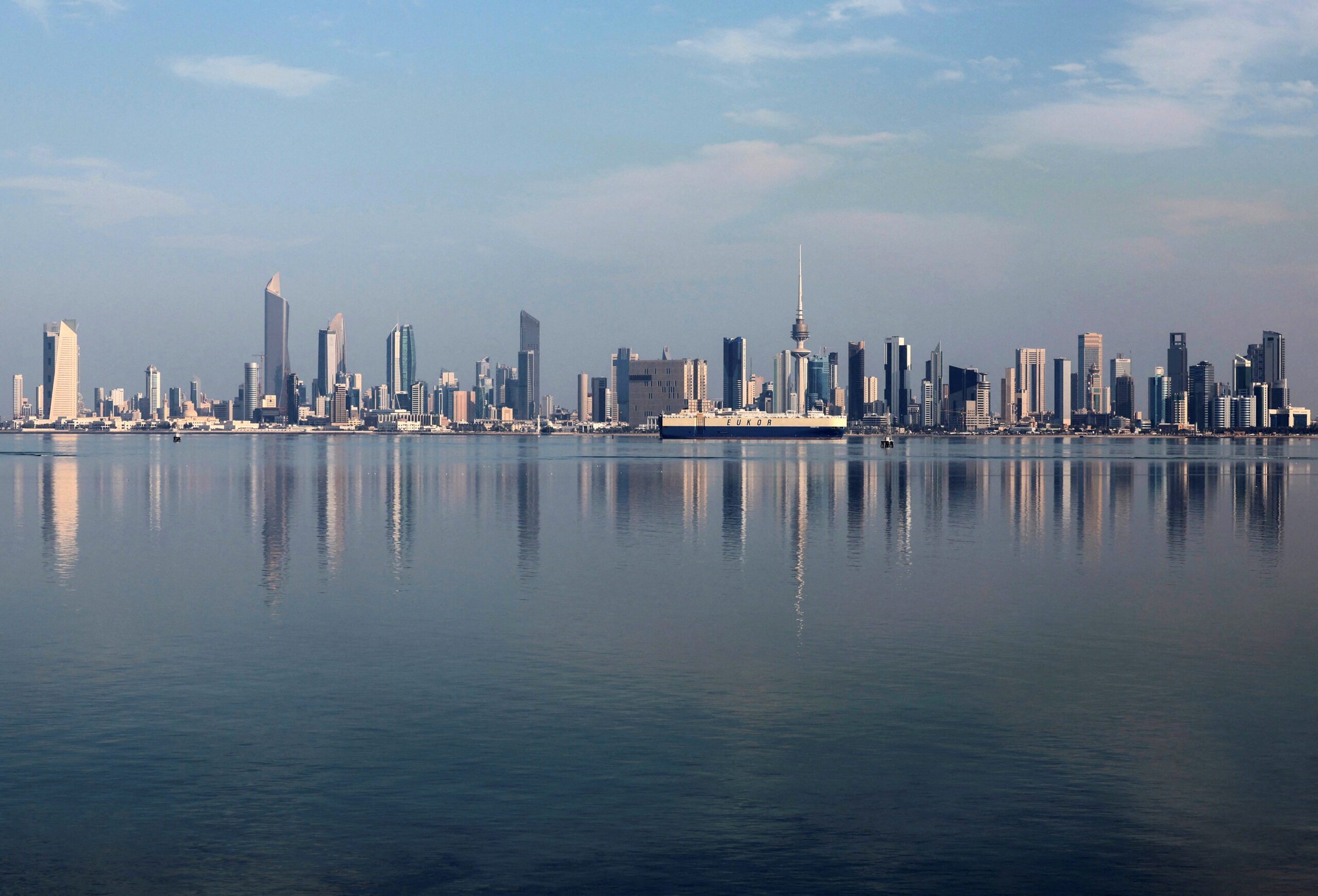
On August 14, Kuwait’s Ministerial Committee convened to review and speed up progress on 22 development projects with China. The projects, covering renewable energy, infrastructure, logistics, and free economic zones, are part of Kuwait and China’s effort to deepen economic ties under the Belt and Road Initiative and Kuwait Vision 2035.
The initiatives build on a long-standing partnership dominated by hydrocarbons, which remain at the core of China-Kuwait relations. Yet, in recent years, the two countries have expanded their cooperation into sectors such as construction, logistics, and renewable energy, suggesting a growing appetite to broaden ties beyond oil.
Hydrocarbons at the Core of Relations
Trade and investment figures reveal the central role of hydrocarbons in Chinese-Kuwaiti economic ties. In 2024, trade volume between Kuwait and China was estimated at roughly $16 billion, of which Kuwait’s exports accounted for $11.47 billion. The majority of these exports consisted of crude oil and petrochemical products, with Kuwait the ninth-largest source of crude oil imports for China. Meanwhile, China has been Kuwait’s top export destination for crude oil since 2018.
In 2023, Kuwait received $2.11 billion in foreign direct investment inflows, with China the second-largest source. Although the sectoral breakdown of Chinese FDI is harder to discern, most FDI entering Kuwait in 2023 was directed toward the oil and gas sector.
These trade and investment figures reflect Kuwait’s wider dependence on hydrocarbon exports across its economy. In 2023, hydrocarbons generated more than 85% of Kuwait’s fiscal revenue and contributed approximately half of its gross domestic product. They also accounted for roughly 95% of the country’s exports. With an estimated 101.5 billion barrels of proven reserves, Kuwait has the sixth-largest oil reserves in the world. This dependence on hydrocarbons makes Chinese engagement in Kuwait’s oil and gas sector critical to the country’s fiscal health and economic stability.
Expanding Cooperation Beyond Oil
Economic cooperation between the two countries has been expanding into other sectors in recent years, with a significant focus on construction and infrastructure development. In August 2023, Kuwait’s Public Authority for Housing Welfare awarded China Gezhouba Group $1.2 billion in contracts for the development of the South Saad Al-Abdullah housing project, which is presently under construction and will include 24,508 residential units once completed. In March 2024, the Public Authority for Housing Welfare also awarded two contracts to the China State Construction Engineering Corporation and Sinohydro for road networks in South Sabah al-Ahmed City, valued at $300 million and $260 million respectively. And in January, the Kuwaiti Cabinet awarded the long-delayed Mubarak Al-Kabeer port contract, valued at $3.2 billion, to China Communication Construction Company Limited, a Chinese state-owned firm.
Additionally, in August, Minister of State for Municipal and Housing Affairs Abdullatif al-Mishari accompanied a Chinese technical delegation on an aerial inspection of the Al-Sabriya housing and development project and the Khiran and Nawaf Al-Ahmed labor city sites, two residential development complexes for migrant laborers. All together, these projects are projected to provide 170,000 housing units. While no agreements were signed during the visit, the announcement signals Kuwait’s growing interest in engaging Chinese firms in its ambitious construction projects.
On the Mubarak Al-Kabeer port, beyond the construction contract, there is also a focus on logistics in the bilateral relationship. Located on Boubyan Island in the northwestern corner of the Gulf, the port sits within strategic proximity of the China-Central Asia-West Asia economic corridor, a critical link for enhancing connectivity and trade efficiency between East and West. The port also sits near Saudi Arabia’s proposed “Landbridge” project, a roughly $7 billion railway initiative that is planned to span 932 miles and connect key logistical hubs in the kingdom between the Red Sea and the Gulf coast. With a planned capacity of 8 million containers annually, the Mubarak Al-Kabeer port is positioned to serve not only as a large-scale development project but also as a potential gateway for China to expand its regional role in supply chain logistics and port operations.
China and Kuwait have also increased cooperation in renewable energy and defense. In March, the two countries signed a framework agreement to expand the Shagaya and Al-Abdiliya solar parks, which together are planned to generate 3,500 megawatts of electricity, with potential to rise to 5,000 megawatts. They are also nearing completion of a joint ammunition factory.
Beyond China’s growing engagement in Kuwait’s economy, Kuwait has also expanded its presence in China. In May, the Kuwait Investment Authority, the country’s sovereign wealth fund, was among the largest cornerstone investors in Chinese battery manufacturer CATL’s $4 billion Hong Kong initial public offering, committing $500 million. In 2019, the Kuwait Investment Authority became the first foreign investment vehicle in China’s highspeed railway sector with a $200 million stake in the Jinan-Qingdao line. These investments build on the Kuwait Investment Authority’s prominent presence in China, marked by the opening of its first representative office in Beijing in 2011 and second overseas office in Shanghai in 2018.
Kuwait also provides China with the most soft loans of any Arab country, through the Kuwait Fund for Arab Economic Development, a government institution that finances development projects abroad. These loans, offered at below-market interest rates and more flexible repayment terms, are valued at roughly $1 billion and are spread across 40 development projects in education, health care, infrastructure, and other sectors.
While hydrocarbons will likely continue to dominate Kuwait-China economic ties, recent momentum in various sectors signals an increasing willingness to expand cooperation beyond oil to meet both countries’ long-term strategic interests.
The views represented herein are the author's or speaker's own and do not necessarily reflect the views of AGSI, its staff, or its board of directors.

